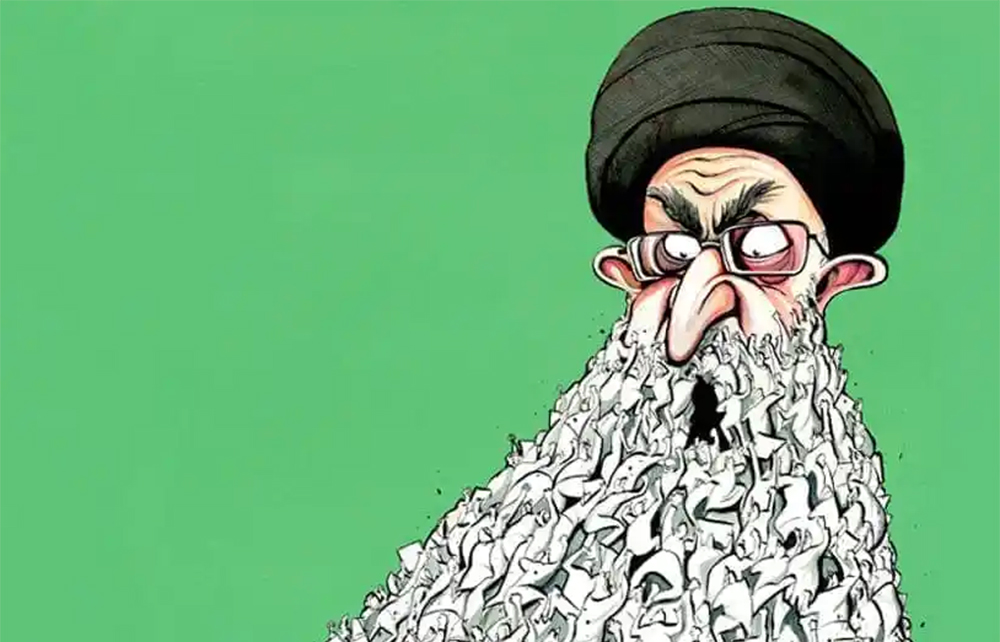Mashhad is Iran’s holiest city; it has the country’s most important shrine. It’s not the place for an Iranian woman to walk around without a hijab. But in September, Katayoun began leaving hers at home, going out with her head uncovered to join the daily protests against the country’s theocratic regime. A policeman struck her with his baton. She didn’t care.
Katayoun is, necessarily, an assumed name. She is 35, an accountant, but also a member of an opposition group. She had joined the other ‘uprisings’, in 2009, in 2017 and in 2019, but she tells me: ‘This uprising is very different. People’s fear of the regime has fallen away.’
‘This uprising is very different. People’s fear of the regime has fallen away’
Iran’s opposition said the same during each of those earlier protests. The regime always survived, keeping numbers on the streets down with carefully calibrated brutality, until the protestors’ energy drained away. But perhaps this time is different, as Katayoun believes. There is unrest in every corner of Iran; in small towns as well as big cities. It has gone on longer than ever, ten weeks now, even though more than 450 people may have been killed and 14,000 arrested. Katayoun and her friends read the names of the dead on Instagram every night. They think the killings show that things have slipped out of the regime’s control. They ‘wipe their tears’ and go back out. ‘People grow more determined to continue on this path because of the martyrs we have been given.’
This began when a young woman named Mahsa Amini was arrested by the morality police in Tehran for ‘bad hijab’. She collapsed at the police station and died in hospital a few days later. The regime says she had a heart condition; her family say she suffered a beating.







Comments
Join the debate for just £1 a month
Be part of the conversation with other Spectator readers by getting your first three months for £3.
UNLOCK ACCESS Just £1 a monthAlready a subscriber? Log in